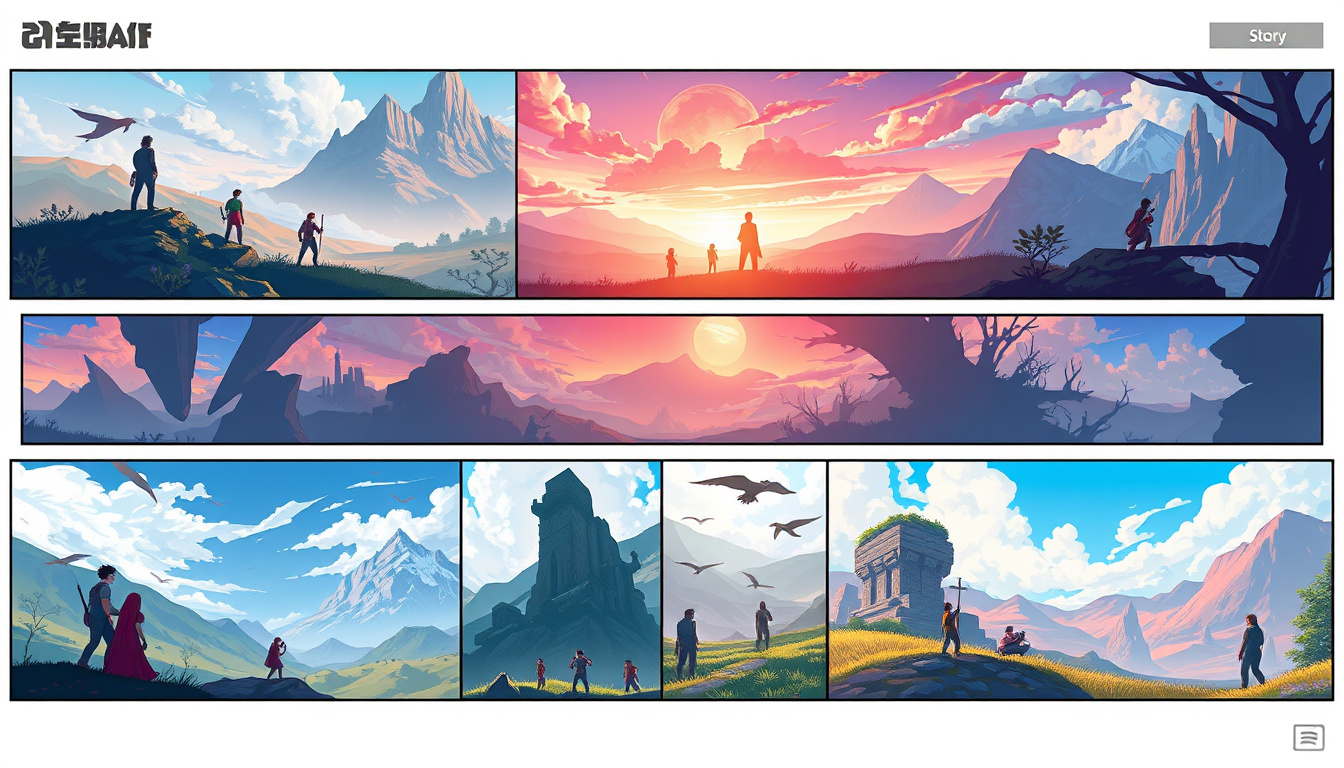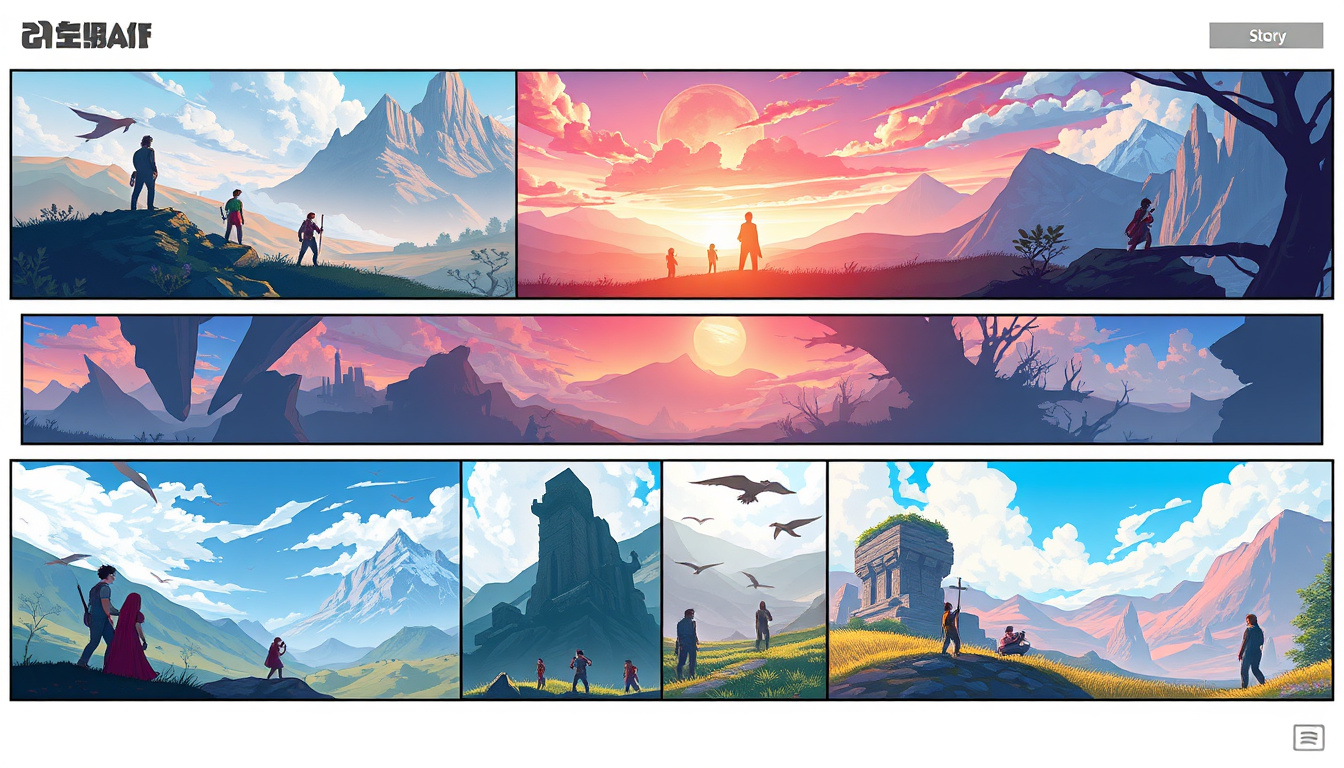
In the world of storytelling, whether you’re crafting a screenplay, a novel, or a podcast, having a solid foundation can be the key to success. Enter the script outline template—a powerful tool that helps writers organize their thoughts and structure their narratives effectively. This article delves into the importance of a script outline template, guiding you through its core components, and provides a step-by-step guide to creating your own. We’ll explore customization options, highlight common pitfalls to avoid, and offer tips for making the most of your script outline in your writing process. Let’s unlock the potential of your storytelling with the right outline!
Get Professional Screenplay Coverage in Minutes, Not Weeks!
 Get Professional Screenplay Coverage in Minutes, Not Weeks!
Get Professional Screenplay Coverage in Minutes, Not Weeks!

Step-by-Step Guide to Creating Your Script Outline
Creating a script outline is a crucial step in the screenwriting process as it sets the foundation for your entire story. A well-structured script outline template can help you organize your ideas and develop a coherent narrative. Start by determining the main theme of your script, which will guide the direction of your story. Next, break your story into three acts: begin with Act 1, where you introduce your characters and setting, followed by Act 2, where the main conflict unfolds, and finally, Act 3, where you resolve the conflict and wrap up your story. For each act, jot down key plot points, character arcs, and pivotal scenes. These notes will form a skeleton for your script. Using a script outline template can make this process smoother, providing a clear framework to visualize your narrative flow. Once your outline is complete, you can start fleshing out your dialogue and scenes with confidence, knowing that your story is well-organized.
How to Customize Your Script Outline Template
Customizing your script outline template is a crucial step in the screenwriting process that can significantly enhance your storytelling capabilities. To begin, consider the specific genre and tone of your script, as these elements will influence your outline structure. A typical script outline template includes headings for major components such as the inciting incident, character arcs, and key plot twists. Tailor these sections to match your narrative style—whether it’s drama, comedy, or thriller—by adding unique elements that reflect the nuances of your story. For example, if you are writing a romantic comedy, you might include sections for comedic beats and romantic tension. Additionally, leverage the flexibility of your script outline template by incorporating visual aids or bullet points to make the structure more digestible. This approach not only organizes your thoughts but also allows for creative adjustments throughout the writing process. Remember, the goal is to create a personalized outline that serves as a roadmap for your script, guiding you while also allowing for spontaneity and creativity.

Common Mistakes to Avoid When Outlining
When creating a script, using a well-structured script outline template is essential for ensuring your ideas are organized and flow smoothly. However, many writers fall into common pitfalls that can hinder their creativity and productivity. One frequent mistake is underestimating the importance of detail in the outline. A vague outline may lead to confusing scenes and weak dialogue. Instead, aim for clarity by breaking down each act into defined sequences. Another common error is failing to revise the outline after writing the first draft. The beauty of a script outline template is its flexibility; don’t hesitate to adjust it as your narrative evolves. Additionally, remember to avoid over-complicating your outline—simplicity is key to maintaining focus on your plot and characters. Lastly, neglecting to consider pacing can be detrimental; make sure your outline reflects a balanced rhythm that keeps your audience engaged throughout the script.
Tips for Effectively Using Your Script Outline in Writing
When embarking on the writing journey, utilizing a well-structured script outline template can be a game changer. This template serves as a roadmap, guiding you through the key elements of your story while helping to maintain focus and coherence. To effectively use your script outline, start by brainstorming your main ideas before organizing them into sections. Each section in your template should represent a pivotal moment in your narrative, ensuring that every scene has purpose and drives the story forward. Additionally, don’t hesitate to tweak your outline as your writing evolves; flexibility is crucial for creativity. Lastly, remember to frequently reference your script outline throughout the drafting process, as it can help prevent writer’s block and keep your narrative aligned with your initial vision. By strategically implementing these tips, your script outline template can transform your writing experience, leading to a more polished and engaging final product.
Get Professional Screenplay Coverage in Minutes, Not Weeks!






